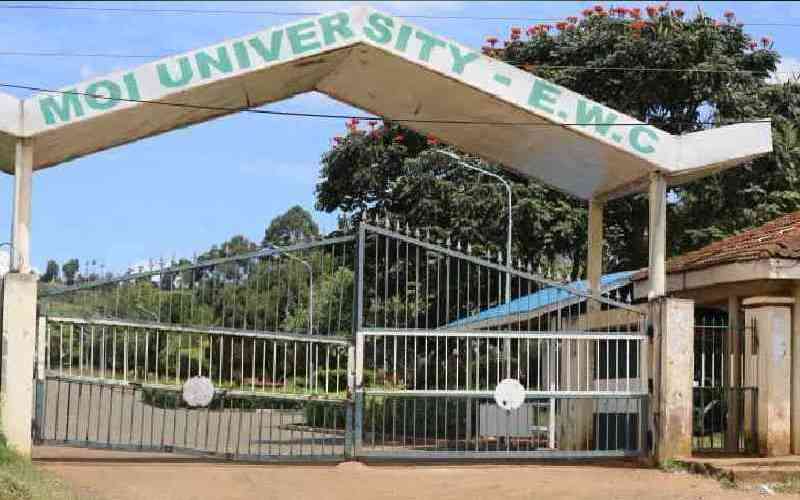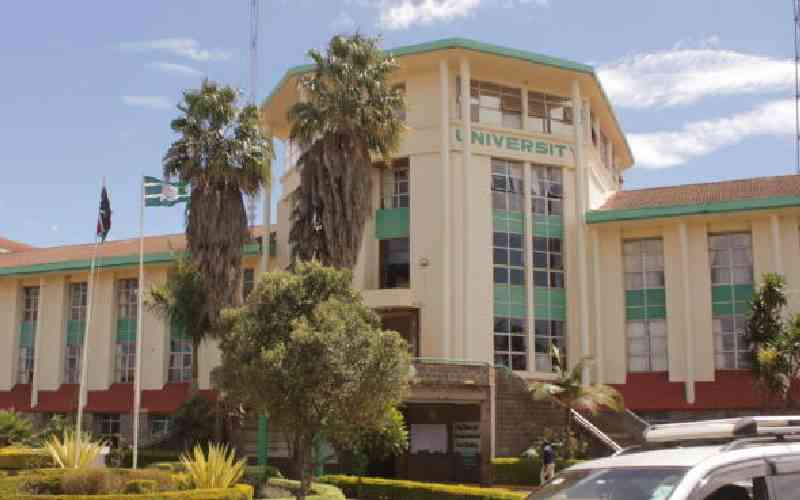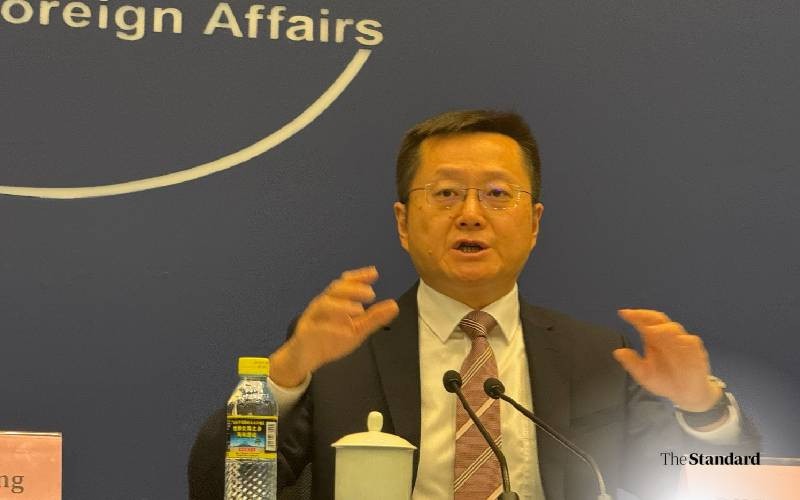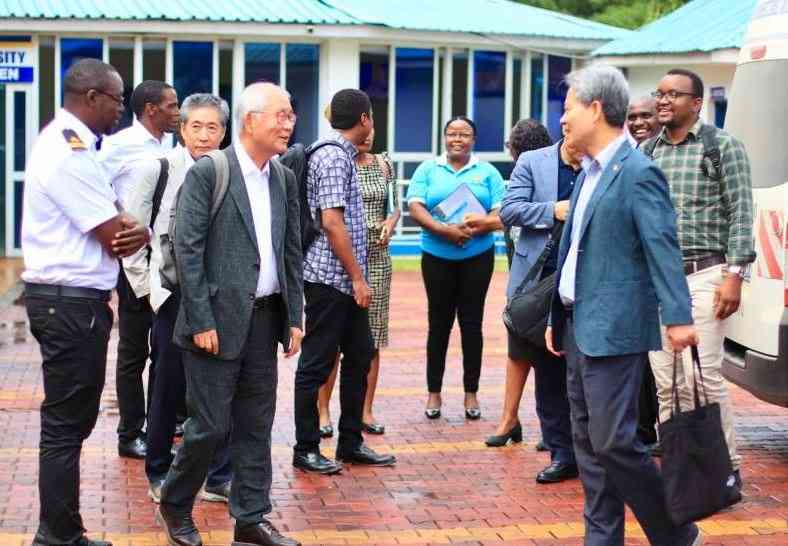
Moi University has defended the recent sacking of over 1,200 staff, saying the move was a last-resort measure to prevent the institution from financial collapse.
Appearing before the National Assembly Committee on Education, the university’s management said it was drowning in wage bills, spending far more on salaries than it was earning.
Members of Parliament on Tuesday hard-pressed the university management led by acting Vice Chancellor Kiplagat Kotut to explain the criteria used to lay off staff in the institution.
This follows allegations that the exercise was conducted without consultation with the unions— staff representatives— and favoritism in those the institution chose to lay off.




Acting Vice Chancellor Prof Kiplagat Kotut told MPs that once the redundancy exercise is fully implemented, the university is projected to save about Sh120 million each month.
A total of 886 staff on permanent and pensionable terms, along with 300 on contract, were laid off in the exercise. The government is expected to spend Sh757 million to compensate those affected.
Prof. Kotut told lawmakers the redundancy process began in 2022 after a consultant’s report found the institution was financially unsustainable, largely due to bloated staffing levels.
He explained that the university had been operating at a loss, with expenditure tripling its income.
“For every three shillings we were spending, we were making only one… The only way to save the institution was through rationalization. Redundancy was the last resort,” Kotut said while appearing before the National Assembly committee in Education.
The university, once with a student population of 37,000 in 2015, now has around 20,000 students—a sharp decline that has significantly reduced revenue and workload.
This, Kotut says, has seen staff without any work despite getting huge salary perks.
“Some staff had no workload. It was necessary to right-size,” he added.
Despite this, concerns persist over the criteria used in the layoffs and whether the process met the threshold for transparency and justice.
Stay informed. Subscribe to our newsletter
MPs grilled the VC over allegations that the process was riddled with favouritism and that staff unions were sidelined.
Committee Chair Julius Melly questioned whether due process was followed, amid claims that the university selectively moved preferred staff to departments unaffected by the cuts.
“We followed all the labour laws governing redundancy,” Kotut said.
However, he admitted that the university staff distribution is dominated by a single ethnic group.
According to a report tabled in the committee, 737 out of the 2,058 staff at the university are of the Nandi ethnic community.
This represents about 36 per cent of the total staff.
Staff hailing from Kipsigis and Keiyo ethnic community come second representing nine per cent of the total staff population, followed by Luhyas at eight per cent.
Nyamira Woman Representative Jerusha Momanyi also raised concerns about the lack of union involvement in the retrenchment process.
Vice Chair of the committee, Eve Obara, questioned the Sh11 million paid to a consultant to advise on the redundancy process, despite the university citing financial strain.
Kotut, however, defended the process, insisting it was done legally and transparently.
“We had engagements with the unions and we have minutes to show that, we showed them the financial position of the institution and made it clear that there was no other way to resolve the matter,” Kotut said.
He further told MPs that the National Cohesion and Integration Commission (NCIC) was involved in overseeing the exercise to ensure fairness and inclusivity.







